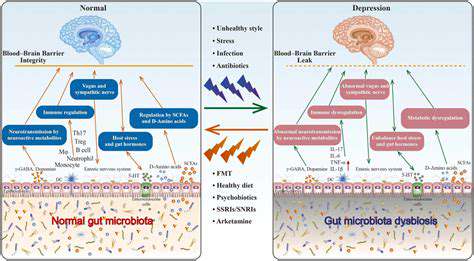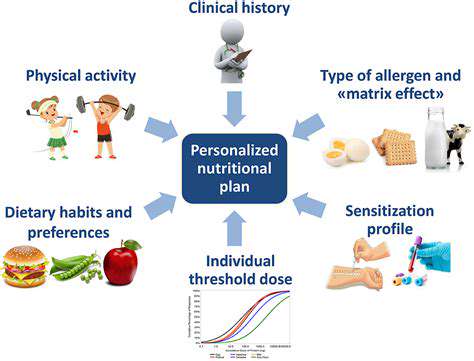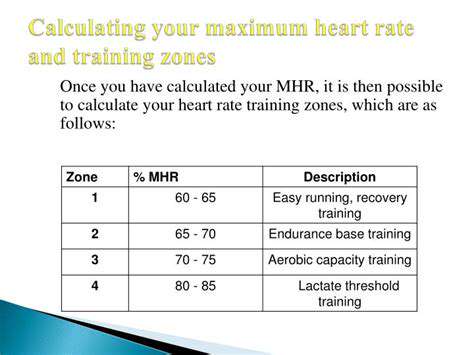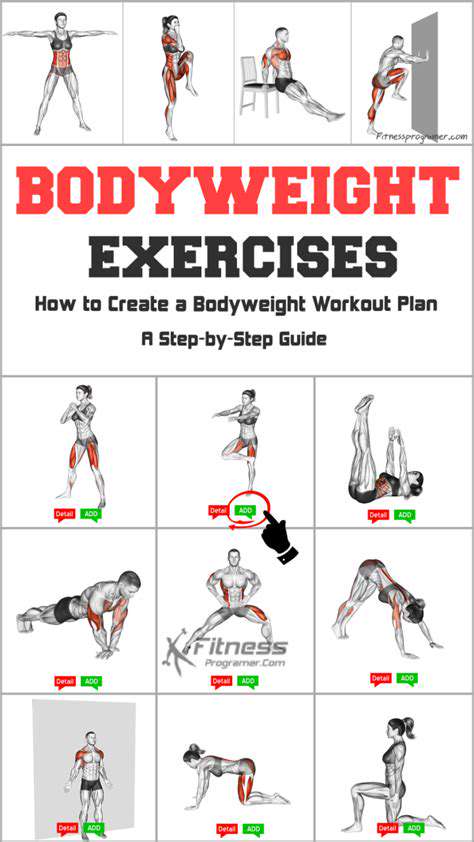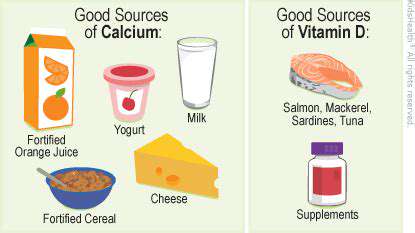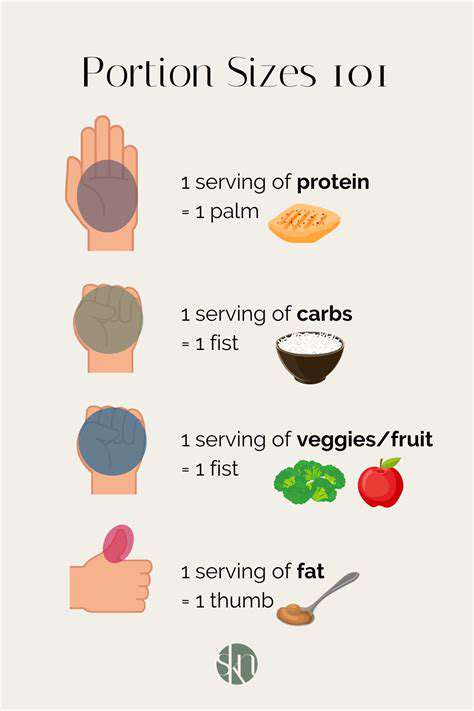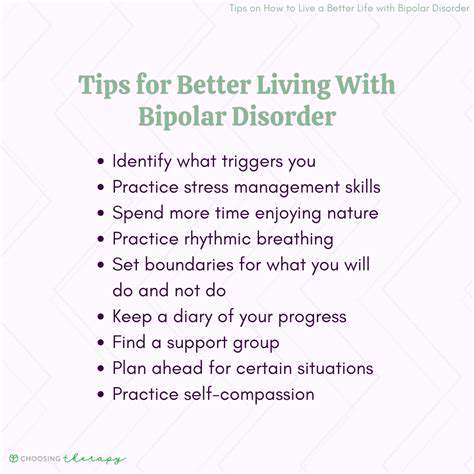Guide to Mindful Eating for Better Digestion
Optimizing Portion Sizes and Eating Habits
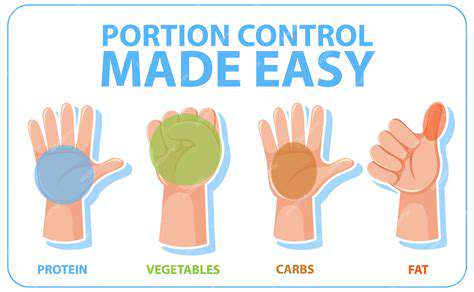
Understanding Caloric Needs
Determining your individual caloric needs is crucial for effective portion control. This involves considering factors like age, activity level, and metabolism. Understanding your baseline caloric needs allows you to make informed decisions about portion sizes to maintain a healthy weight or achieve specific fitness goals. Consulting a registered dietitian or nutritionist can provide personalized guidance in this area.
Various online calculators and resources can offer estimations, but professional advice is highly recommended for tailored recommendations. These tools provide a starting point, but they often don't account for unique individual circumstances.
Recognizing Serving Sizes
Many people struggle to accurately gauge portion sizes, leading to overeating. Understanding standard serving sizes for different food groups is essential for mindful eating. Knowing these guidelines empowers you to make conscious choices and avoid unintentional overconsumption. Using measuring cups and spoons, or visual aids like portion control plates, can greatly assist in this process.
Portion Control Techniques
Implementing practical techniques for portion control is key to success. Utilizing smaller plates and bowls can trick the brain into believing you've consumed more food than you actually have, making you feel more satisfied. This method is particularly effective for visual learners.
Using smaller utensils, such as salad forks or soup spoons, can also help to slow down the eating process, allowing the body to register fullness signals more effectively. This can prevent overeating and promote better digestive health.
Mindful Eating Practices
Mindful eating practices play a significant role in optimizing portion sizes. Paying attention to hunger and fullness cues is vital. Being aware of when you're truly hungry and when you're satisfied helps you avoid eating out of boredom, stress, or habit. This practice encourages a healthier relationship with food.
Eating slowly and savoring each bite allows the body to recognize fullness signals more effectively. This mindful approach helps you avoid overeating and appreciate the flavors of your food more fully.
Dietary Adjustments for Specific Needs
Dietary adjustments are often necessary to address specific needs and preferences. For example, individuals with diabetes or other health conditions may require tailored portion control strategies. Professional guidance from a dietitian is essential for optimizing portion sizes in these cases. Specific dietary plans, such as low-carb or high-protein diets, may also necessitate adjustments to portion sizes.
These adjustments ensure that nutritional requirements are met while maintaining optimal health. Consulting a medical professional is crucial to ensure dietary changes are safe and effective for individual circumstances.
The Role of Food Preparation
The way food is prepared significantly impacts portion sizes. Cooking at home allows for greater control over portion sizes, reducing the risk of overeating. Preparing meals in advance and portioning them out can help with controlling portions. This also allows for better meal planning and reduced impulse purchases of unhealthy foods.
Understanding portion sizes in recipes and using appropriate measuring tools when cooking at home are vital for accurate portion control. This mindful approach promotes healthier eating habits and better management of caloric intake.
The Importance of Balance
Maintaining a balanced approach to portion control is critical for long-term success. Restricting certain foods or entire food groups can be unsustainable and may lead to nutrient deficiencies. Focusing on a balanced diet that includes various nutritious foods is key for overall well-being. This includes fruits, vegetables, lean proteins, and whole grains.
Moderation and consistency are crucial for long-term success. Finding a balance between enjoying food and managing portion sizes is essential for a healthy lifestyle.
Beyond the Plate: Integrating Mindful Eating into Your Lifestyle
Cultivating Awareness: The First Step
Mindful eating isn't about restricting food or adhering to rigid diets; it's about cultivating a deeper connection with the act of eating. This involves paying attention to the physical sensations in your body – the taste, texture, and smell of the food – without judgment. It's about recognizing the subtle cues your body sends regarding hunger and fullness. This initial step is crucial because it establishes a foundation for a more conscious and healthier relationship with food.
Begin by setting aside a dedicated space for meals, free from distractions like screens or work. This creates a mental and physical space for you to fully immerse yourself in the experience of eating.
Savor Each Bite: The Sensory Journey
Engage all your senses during mealtimes. Notice the vibrant colors of the food, the aromas wafting from the plate, and the textures of each bite. Observe how the food feels in your mouth, the way it melts or crunches, and the subtle changes in taste as you chew. This heightened awareness transforms a simple act into a rich sensory experience.
Paying attention to these sensory details helps you appreciate the food more fully, leading to a greater sense of satisfaction and potentially reducing overeating. Avoid rushing through meals; take your time to truly experience each bite.
Tuning into Hunger and Fullness Cues
Learn to distinguish between physical hunger and emotional hunger. Physical hunger is a subtle sensation that usually starts in your stomach. Emotional hunger often manifests as cravings for specific foods, often unrelated to actual physical need. Becoming aware of these differences is key to making healthier food choices.
Before you eat, ask yourself if you're truly hungry or if you're responding to another need, like stress, boredom, or loneliness. When you feel full, stop eating. This practice helps you establish a healthier relationship with your body’s natural signals.
Mindful Meal Preparation: Setting the Stage
Preparing your meals mindfully can enhance your eating experience. Choose ingredients that are fresh and appealing to you, and take time to prepare them in a way that respects their natural flavors. This mindful preparation process sets the stage for a more mindful eating experience.
Avoid distractions while cooking, and focus on the task at hand. Appreciating the process of creating a meal can enhance your appreciation of the final product.
The Role of Environment: Setting the Mood
Your surroundings greatly influence your eating experience. Choose an environment that promotes relaxation and focus. Minimize distractions, and create a pleasant atmosphere that encourages you to savor your food. A quiet, well-lit dining area can make a significant difference.
Managing Emotional Eating: Addressing Underlying Issues
Mindful eating can be particularly beneficial for individuals who tend to use food to cope with emotions. Recognizing and addressing these underlying issues is crucial. Instead of using food as a comfort mechanism, explore other healthy ways to manage stress, anxiety, or sadness. This might involve practicing mindfulness meditation, exercising, spending time in nature, or engaging in a creative hobby.
Sustaining the Practice: Making it a Habit
Integrating mindful eating into your lifestyle takes time and practice. Start with small steps, and gradually incorporate more mindful eating techniques into your daily routine. Be patient with yourself, and celebrate your progress. Consistency is key to reaping the long-term benefits of mindful eating.
Remind yourself of the positive impact of mindful eating on your overall well-being. Focus on the benefits of improved digestion, a healthier relationship with food, and a greater sense of body awareness. This positive reinforcement will help you sustain the practice.
Read more about Guide to Mindful Eating for Better Digestion
Hot Recommendations
-
*Guide to Managing Gout Through Diet
-
*Best Habits for Financial Well being
-
*How to Build a Routine for Better Mental Health
-
*How to Eat Healthy on a Budget [Tips & Meal Ideas]
-
*Guide to Practicing Self Acceptance
-
*How to Incorporate More Movement Into Your Day
-
*Guide to Managing Chronic Pain Naturally
-
*Guide to Building a Reading Habit for Well being
-
*Top 5 Weight Loss Supplements That Actually Work
-
*Best Exercises for Postpartum Recovery [Beyond Abdominal Work]
